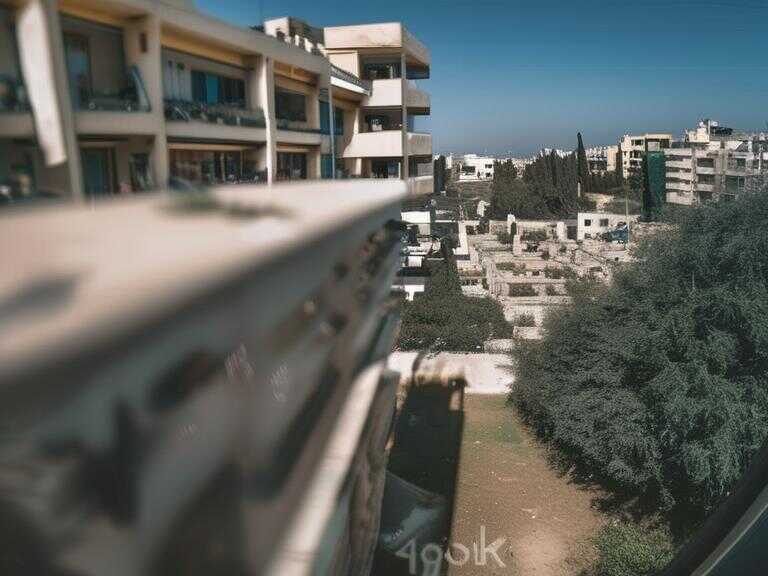
High Temperatures and Unauthorized Pilgrims Lead to Over 1,300 Deaths at Hajj
Over 1,300 died in extreme heat during the 2024 Hajj pilgrimage, with the majority being unauthorized pilgrims who walked long distances.

During this year's Hajj pilgrimage in Saudi Arabia, a tragic death toll of more than 1,300 people has been reported. The faithful faced extreme high temperatures at Islamic holy sites in the desert kingdom, leading to this devastating outcome. The Saudi Health Minister Fahd bin Abdurrahman Al-Jalajel announced that 83% of the 1,301 fatalities were unauthorized pilgrims who walked long distances in soaring temperatures to perform the Hajj rituals in and around the holy city of Mecca.
Identification Challenges and Treatment
Saudi Health Minister Fahd bin Abdurrahman Al-Jalajel revealed that 95 pilgrims are currently receiving treatment in hospitals, with some of them being airlifted for further care in the capital, Riyadh. An unfortunate setback in the identification process has been encountered due to the lack of identification documents for many of the deceased pilgrims.
Unauthorized Pilgrims and Government Actions
It has been reported that most of the deceased were unauthorized pilgrims, with the majority of the fatalities occurring at the Emergency Complex in Mecca's Al-Muaisem neighborhood. As a result, Egypt has taken action by revoking the licenses of 16 travel agencies that facilitated the travel of unauthorized pilgrims to Saudi Arabia. The crackdown on unauthorized pilgrims by Saudi authorities led to the expulsion of tens of thousands of people, particularly from Egypt.
Tragically, the fatalities also included pilgrims from various countries such as Indonesia, India, Jordan, Tunisia, Morocco, Algeria, Malaysia, and even two U.S. citizens. The exact causes of death remain unconfirmed, although some countries have attributed the fatalities to the soaring heat experienced during the pilgrimage.
Historically, the Hajj pilgrimage has witnessed deaths, stampedes, and epidemics, but this year's exceptionally high death toll suggests exceptional circumstances. In the past, incidents such as a stampede in Mina in 2015 and a crane collapse at Mecca's Grand Mosque have resulted in significant casualties.
Weather Conditions and Future Concerns
During this year's Hajj period, daily high temperatures ranged between 46 degrees Celsius (117 degrees Fahrenheit) and 49 degrees Celsius (120 degrees Fahrenheit) in Mecca and sacred sites in and around the city. The sheer size of the Hajj pilgrimage, with over 1.83 million Muslims participating in 2024, presents significant challenges for crowd control and safety measures.
A 2019 study by experts at the Massachusetts Institute of Technology warned about the potential impact of climate change on the Hajj pilgrimage. It suggested that temperatures during the Hajj could exceed an "extreme danger threshold" in the coming decades, posing further risks to the safety of pilgrims.
Future Hajj Dates and Safety Measures
Considering the lunar calendar followed by Islam, the timing of the Hajj pilgrimage will continue to shift. By 2029, the Hajj will occur in April, and in the following years, it will take place in the winter, potentially offering milder temperatures. Saudi Arabia's ongoing efforts to implement crowd control and safety measures are crucial to ensure the well-being of pilgrims during this annual religious gathering.
Share news















